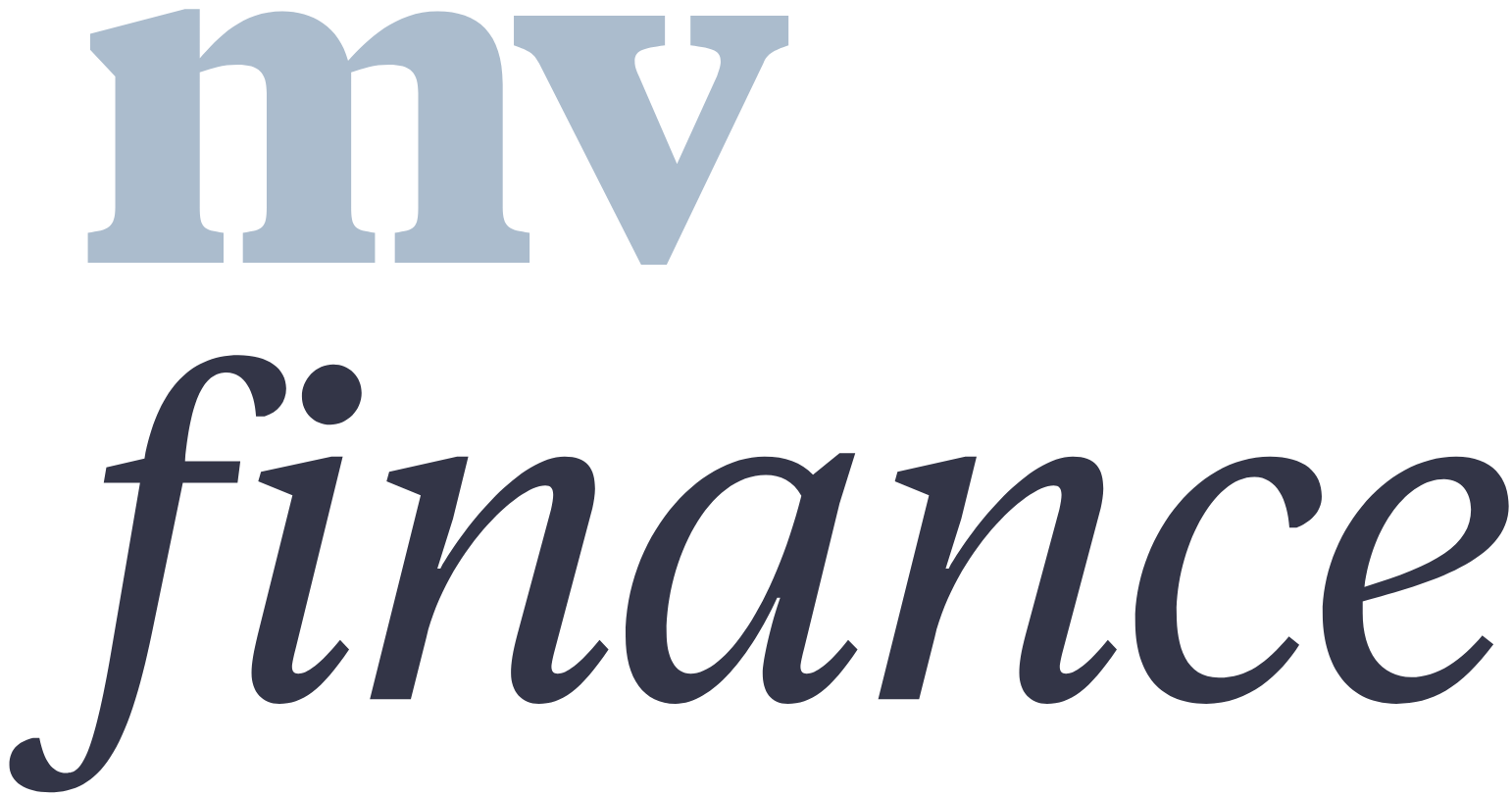For self-employed Aussies, securing a home loan can sometimes feel like a bit of a struggle. Traditional loans usually require stacks of paperwork, like tax returns and financial statements, which can be tricky to provide when your income is irregular or harder to pin down.
Luckily, Low Doc Loans are here to offer a more flexible solution, making homeownership more within reach for the self-employed.
What Are Low Doc Loans?
Low doc loans, short for “low documentation loans,” are designed for people who may not have all the usual paperwork that’s needed for a traditional loan. Instead of demanding detailed tax returns and payslips, lenders may accept other proof of income,
such as:
- Business Activity Statements (BAS)
- Accountant declarations
- Bank statements
These loans are a solid option for self-employed folks, freelancers, and small business owners whose income might fluctuate or come from multiple sources.
Why Low Doc Loans Are Ideal for the Self-Employed
- Flexible Paperwork: The big plus with low doc loans is the flexibility in what documents you need to provide. For self-employed borrowers, it’s a way easier process, as you can use alternative documents to prove your income.
- Quick Approval: With less paperwork to sift through, low doc loans often come with faster approval times—perfect if you’re looking to jump into a hot market.
- More Inclusive: If you’re self-employed with irregular income, a traditional loan can be tough to get. Low doc loans open the door for more people to secure property, even if your financial situation is a bit out of the ordinary.
Things to Keep in Mind with Low Doc Loans
While low doc loans are a great option, there are a few things to keep in mind:
- Higher Interest Rates: Your rates won’t fluctuate because you’re self-employed, however, they may fluctuate if you don’t have 2 years’ verification of income and in some cases be subject to a higher rate.
- Bigger Deposits: A deposit between 5% and 20% can sometimes be required unless you have a guarantor.
- Lender’s Mortgage Insurance (LMI): If your deposit is under 20%, you may need to pay Lender’s Mortgage Insurance (LMI), depending on the loan-to-value ratio.
How to Get a Low Doc Loan
- Gather Your Paperwork: Even though low doc loans need less paperwork, you’ll still need to show proof of income, like BAS, bank statements, or an accountant’s declaration.
- Check Your Credit: Your credit history still matters, so make sure your credit score is in good shape before you apply.
- Shop Around: Different lenders offer different low doc loan products, so compare interest rates, fees, and criteria to make sure you’re getting a good deal.
- Chat with a Broker: A mortgage broker can help you navigate the ins and outs of low doc loans and ensure you’re getting the best option for your situation. It is important to work with experienced finance brokers in Adelaide like MV Finance to
know your options.
For self-employed Aussies, low doc loans are a real game-changer.
They offer flexibility in documentation, faster approval, and make it easier for those with non-traditional incomes to get a foot on the property ladder. However, it’s important to weigh up the potential higher costs, like interest rates and deposits, before diving in.
At MV Finance, we’re here to help self-employed borrowers find the right low doc loan for their unique circumstances. Give us a shout today to explore your options and kickstart your homeownership journey.





